7 Decorating Sins: The Worst Decor Mistakes & How to Fix Them

Today, we're going to look at some of the worst decorating mistakes and how to fix them. These are the most common mistakes people make when decorating their homes. All of these are easy to fix, but some will be costlier than others.
Table of contents
1. Mismatched flooring
If you have mismatched flooring, it can make your whole space look disjointed and uncoordinated. If you have adjoining areas that were updated at different times, different areas that have different transitions, and the flooring is very obviously mismatched, it will make your space feel very disjointed and choppy.
If you own your place and you've got the budget for it, the best way to fix this problem is to replace the mismatched flooring with one uniform type. Another option is if you can't tear out your floors, you can install a floating floor over the old floors.
Mismatched flooring can be a really common problem if you're renting as well. It becomes a lot more challenging to deal with since you usually can't make any significant changes to rentals. So, there are a few temporary ways that you can try to deal with the problem.
Area rugs can always come to the rescue, and you can take them with you when you leave. You can also use peel-and-stick flooring options if you're looking to kind of like match things up looks-wise a little better.
2. Same height everywhere
This design sin is one of the biggest giveaways that someone doesn't have a lot of experience designing rooms. If everything in your room is the same height, it can look really dull and flat. A well-designed room will have a mix of different heights going on. Low, medium, and high.
Tall elements include using floor-to-ceiling drapery panels, hanging a dramatic light fixture, installing a tall bookshelf, tall artwork, mirrors, floor lamps, even adding moldings, or a classic designer favorite, a really tall plant.
Medium elements are probably the most common ones because most of your furniture will be about medium height. But if you need to add more medium-height elements, it could be adding things like a console table placed behind a sofa, side tables, an armchair, and things like that.
Low elements really help to ground a room. Those are things like coffee tables, ottomans, little footstools, baskets, things like that.
3. No houseplants
If you're not adding any greenery to your space, you're missing out big time. Houseplants add life and color to a space. If you don't have any green in your space, it's going to look very -dimensional, and it can actually inadvertently make a space feel quite sterile.
Beyond the fact that plants look so lovely, there are many other proven benefits to adding houseplants to your home. They lower stress and anxiety levels; they spark creativity, and they increase productivity, attentiveness, and memory.
If you're not a plant person or you don't have a green thumb, there are plenty of options out there for low-maintenance plants. Or you can buy faux and reap many of the same benefits of having natural plants.
4. Too much DIY
I'm not in any way discouraging DIY because I love it. DIY is super rewarding, but it's very easy for DIY projects to pile up and never get finished. You can quickly end up with an entire room or even a house full of unfinished or half-finished items or still not having started DIY projects.
Be mindful about the projects that you take on. My approach to DIY now is that I'll allow myself one or two ongoing projects at a time. So, as tempting as it may be to pick up that lamp at the thrift store that needs a coat of paint or the dresser on the side of the road, ask yourself if you really have the time, energy, and maybe even the skills to take it on.
I think if you want to give something a shot, you should, but you don't want your home becoming a dumping ground for half-finished DIYs.
5. Buying without measuring
This one is so common, and it's such an easy mistake to make. I'd be willing to bet that everyone has made this mistake at least once. I've made it many times, which is why I have a measuring tape on me at all times when I leave the house.
I think a lot of the time we see something, and we think, oh, that looks like it would fit the space. But more often than not, it doesn't. Then you end up with a piece that's too big or too small, or it doesn't mesh well with what you already have, and it just throws the whole room off. So when in doubt, measure it out.
If you're buying a large item online, like a sofa, take some blue painter's tape, grab the measurements of the piece you want to buy, and stick the tape on the floor where you're planning on placing it.
You can even fill the space up with some empty cardboard boxes in order to get a sense of what it would be like to live with a piece of that kind of approximate dimensions in your home.
6. Matching Furniture Sets
Using matching furniture sets is another mistake that people commonly make. You'll hear this one a lot, and I think it can be a little confusing for beginners. It doesn't mean nothing can match, but you have to be careful which things are matching. The matching elements that are most frowned upon in the design world are furniture sets.
In the bedroom, there would be sets that have matching headboards, bedside tables, and dressers. In the living room, it has a matching sofa, loveseat, and armchairs. In the dining room, there are matching tables and chairs, a matching buffet, and maybe even a matching cabinet.
Furniture sets give off very cookie-cutter, impersonal catalog vibes. It's better to mix and match your furniture, as it will really give your space way more personality and character.
7. Cool-temperature light bulbs
Light bulbs that give off very cool, almost bluish light are often used in commercial spaces like offices, schools, and medical clinics. They give off a very harsh light that can feel clinical and sterile, and they're just not pleasant to be around.
Warm-temperature light bulbs, on the other hand, have a warmth to them, and they give off a softer light that is much more inviting.
We actually all look better in softer, warm lighting as well. Our flaws are less obvious; our skin tone appears more attractive. So if you have a room or an area in your home and as soon as you turn the light on, something feels off, definitely try swapping out the bulb for a warmer one.
What decorating mistakes do you have to add to this list? How did you correct them? Share your thoughts in the comments below.















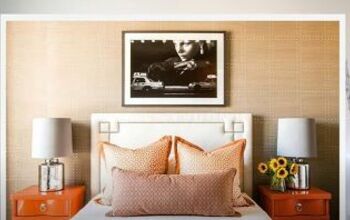
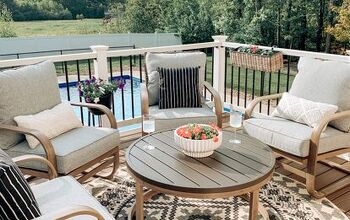
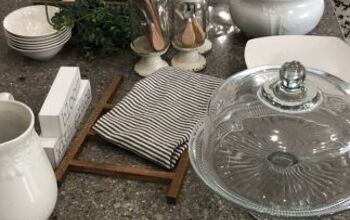
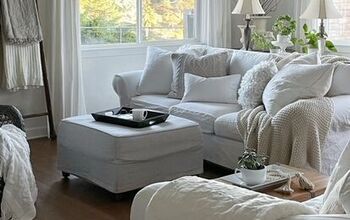



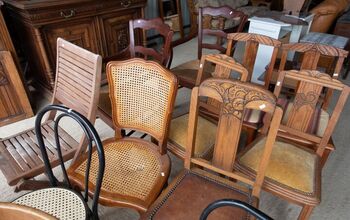

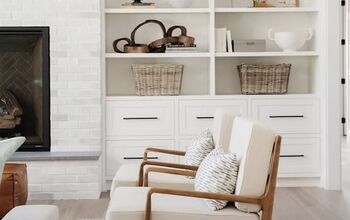




Comments
Join the conversation